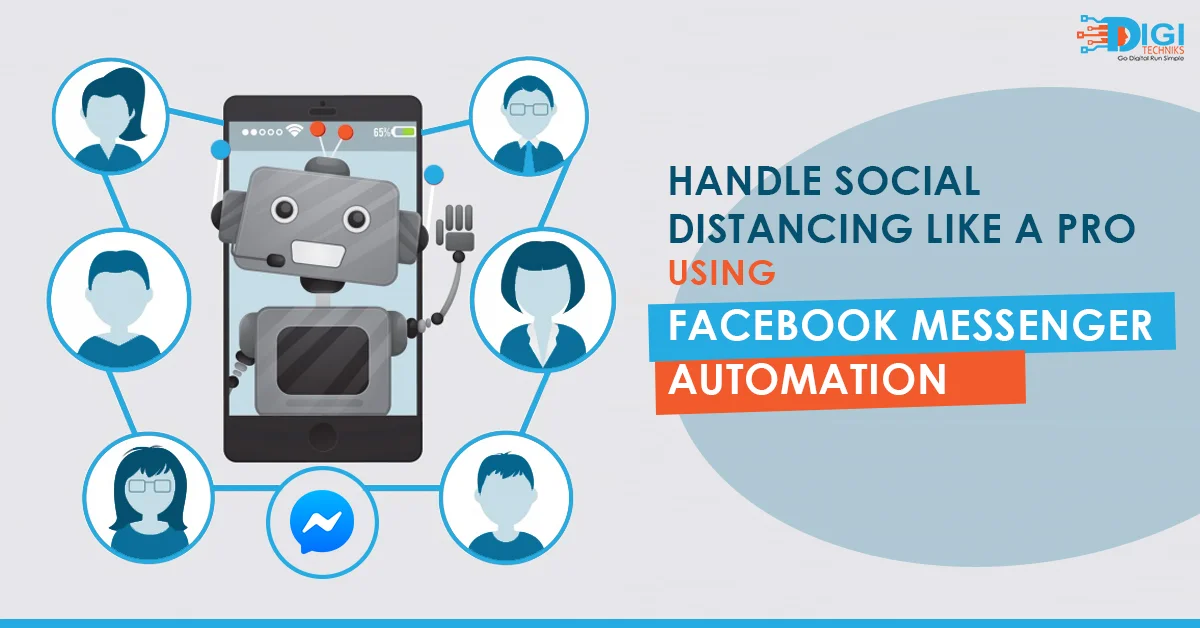Recent Posts
- LinkedIn Automated Outreach: Proven Blueprint for Generating B2B Leads (Zero Ad Spend)
- Zero-Budget B2B Lead Generation: Proven Strategies That Work in 2025
- 8 Ingredients of a High Converting Landing Page
- 8-Step Content Creation Process That Converts Online Lead in to a Sale
- 9-Step Automated Lead Nurturing Process To Convert Online Lead To A Sale










